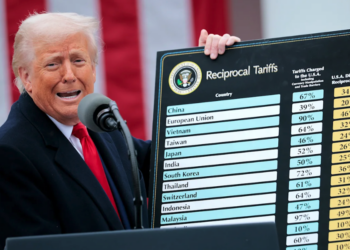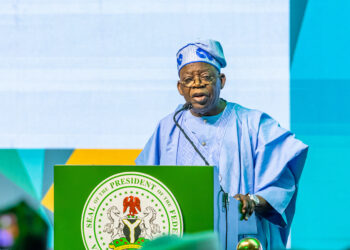President Bola Ahmed Tinubu has given his support to the country’s first floating liquefied natural gas (FLNG) project which will be developed by indigenous company, UTM Offshore.
On Wednesday, July 5, 2023, President Tinubu received a joint delegation of the UTM Offshore team, Technip Energies and JGC Corporation as well as the French and Japanese ambassadors to the country.
During the meeting, Tinubu endorsed the $5 billion project. While addressing the state house press after meeting with the president, UTM Offshore Group Managing Director, Julius Rone said President Tinubu is in support of the project which will produce 300,000 tons of liquefied petroleum gas (LPG) annually and create 7,000 direct jobs.
According to Rone, a $5 billion loan has been signed with the African Export-Import Bank (Afreximbank) for the implementation of the project, which is expected to come on stream by Q1 2026.
Backstory
November 11, 2022, UTM Offshore signed a front-end engineering design (FEED) agreement for Nigeria’s first floating liquefied natural gas (FLNG) facility. The FEED agreement was signed between UTM Offshore and Technip Energies, KBR, and JGC Corporation in London.
Meanwhile, in July 2022, the African Export-Import Bank (Afreximbank) announced its execution of a project preparation facility financing terms with UTM Offshore. Afreximbank was said to be ready for partial financing of the project to progress the company’s FLNG project to bankability.
About the FLNG project
UTM Offshore is currently undertaking the development, design, and construction of an FLNG facility with a Liquified Natural Gas (LNG) nameplate production capacity of 1.2 million metric tons per annum and a storage capacity of 200,000 cubic meters, as well as ancillary facilities to be located 60 kilometres from the shore of Akwa Ibom State, Nigeria. with natural gas feedstock from the Oil Mining Lease (OML) 104.
The FLNG project also involves the development and financing of a 1.2m tons per annum facility with a capacity to process 176 million standard cubic feet per day (MMscf/d) of natural gas and condensate.
The unit would also target the processing of associated gas currently flared to cut carbon emissions and monetize additional reserves for domestic and global markets.’
What you should know
In its 2022 African Energy Outlook, the International Energy Agency (IEA) said that African natural gas consumption will grow at an average of 3.3% per year to reach almost 195 billion cubic meters (bcm) in 2025. This projected growth will be primarily driven by industrial and power generation needs in Algeria, Egypt, and Nigeria.
In the cited Outlook, the IEA also stated that increasing access to modern energy in Africa will require the use of natural gas, which needs a lot of investment across various areas such as clean cooking, electrification, and industrialization.























